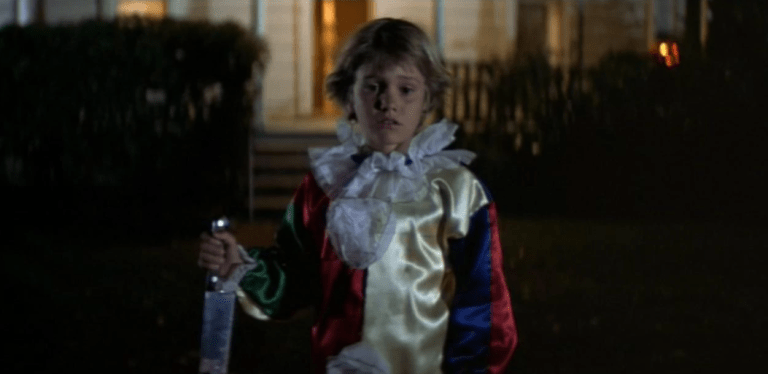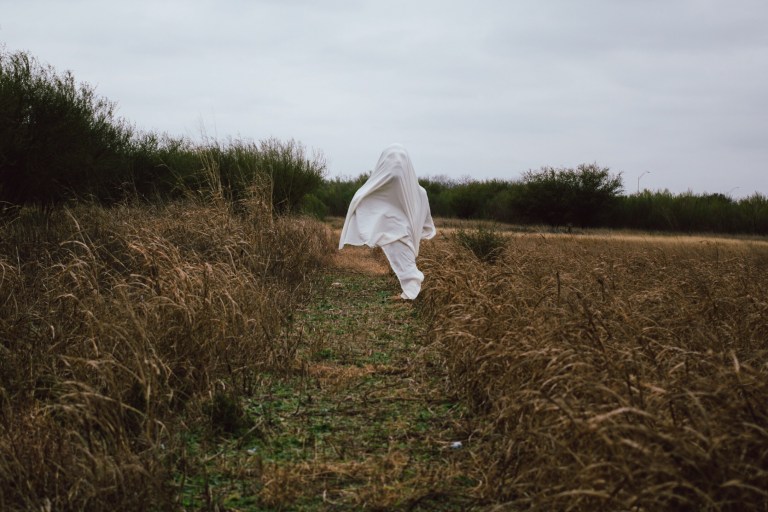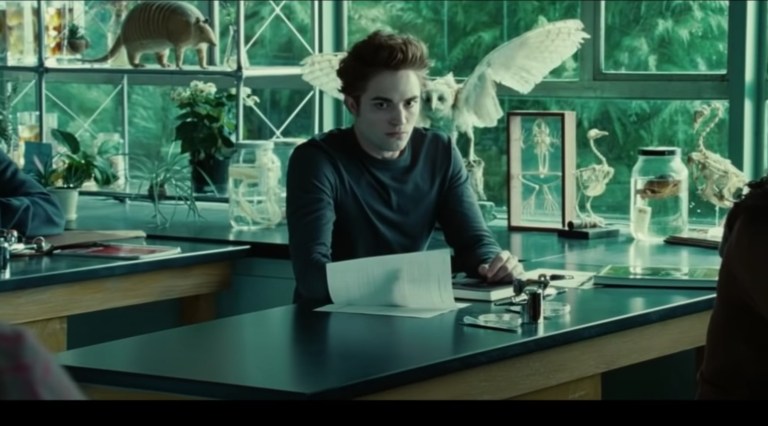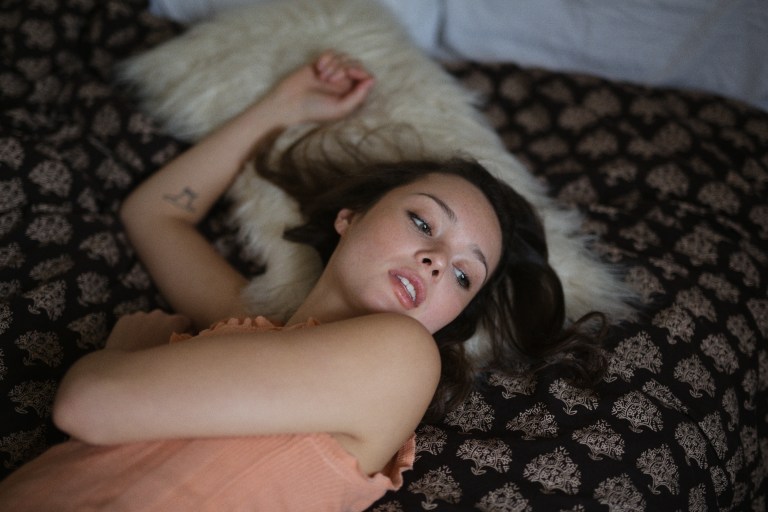Can We Stop Pretending That ‘Midnight Cowboy’ Isn’t A Queer Love Story?
It’s largely seen as a “buddy picture” - with two male leads becoming close and becoming a solid unit. What sets Midnight Cowboy away from those films, however, is that the film itself isn’t credited for what it actually is: a studio-funded queer love story.
By ![]() Paul Reese
Paul Reese

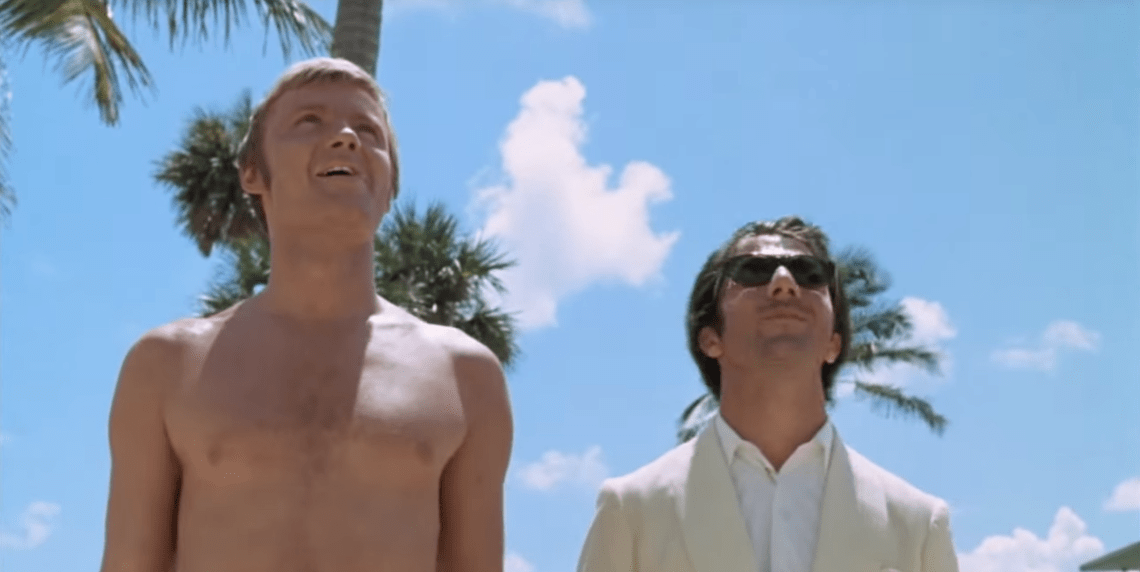
The basic outline of Midnight Cowboy is this: a young Texan man (played by Jon Voight) decides he wants to move to New York City and become a hustler. His main aspiration in life? To find a rich woman and live off of her and simply aim to please her. He moves, he’s stuck in the city, and he doesn’t find the success that he saw in that variation of the “American dream”. While there, he finds a home with a homeless man (Dustin Hoffman) and the two learn about each other and start to make more “American dream” aspirations together. Basically, the film is about them living in the hell that is the underbelly of the said American dream. They walk the cold streets with condensation smoking from their mouths, they have to steal from produce stands in order to eat anything, and they fight and bicker with one another at the same rate that they grow fond of one another. It’s largely seen as a “buddy picture” – with two male leads becoming close and becoming a solid unit. What sets Midnight Cowboy away from those films, however, is that the film itself isn’t credited for what it actually is: a studio-funded queer love story.
Do Joe Buck and Ratso Rizzo ever kiss? No. Is it ever insinuated that they’re having sex? No. But that’s because the film itself sets it up very well as to why that just may be. Throughout Midnight Cowboy, we are treated with flashback sequences that taunt the narrative with a nightmarish quality. We learn that Joe Buck’s wanting to please women (and appear as a cowboy) spin from a Freudian process through his undeniably strong (and often unsettling) relationship with his grandmother. We also learn he had a sexual relationship with a girl, but both were raped brutally by a group of men. It seems melodramatic, and the flashbacks play out in a way that seem almost exploitive. But they’re important – crucial, even – into reading the dynamic between Joe and Ratso as something that is beyond friendship, and doesn’t touch the sexual due to the frightening nature of being who they are in a world in which feeling such a way is dismissed as an act of repulsion.
Take, for example, just how prevalent homosexuality is in Midnight Cowboy. A quick peak at user reviews on Letterboxd, a few message boards on IMDb, and even Roger Ebert’s negative review will show through that the film is, in some shape or form, about homosexuality – and that it’s nature of handling it has, to some, read as homophobic. It only fuels this theory of Joe and Ratso’s love story that there are so many passionate fans of the films – mostly young men on the internet – who refuse to accept it as anything more than friendship, even when they’re not bringing up everything else insinuated by the rest of the film.
There’s a scene in Midnight Cowboy where Joe finds himself in a position where we’re meant to believe he hit “rock bottom” by selling sex to a young boy (Bob Balaban) in a movie theater. But, the thing is, this isn’t what’s being implied at all. Openly gay director John Schlesinger (who probably knew the openly gay orientation of the film’s source material) doesn’t intend this as “rock bottom”, per se. The way he splices the flashbacks of rape throughout this scene with the film they’re watching (a rocket taking off for space) give off a different impression altogether: this is a man caught in this situation, and reflecting, and feeling self-loathing for the action. He doesn’t feel such a way when sleeping with woman for money (as he did Sylvia Miles’ character in the first few scenes), but he feels repulsed by the objectivity he faces here… and it’s important to note that distinction beyond simply labeling it homophobic plot development. Besides, there’s an important social conflict that should be addressed in the young boy, himself, dangerously seeking this release in the way he is, too.
There’s also a scene where Ratso hooks Joe up with a religious nutcase who tries to have his way with him. But Joe fears him. He flees. He’s angry at the situation, and he’s angry at Ratso. Just like, later, the two leads find themselves in an Andy Warhol factory party – which stands as a zeitgeist to sexual and celebrity-driven identity. The scene almost feels random (Ebert felt so), but it’s really not when looked at with a queer perspective – because it takes this party, and an objectification from a woman to make Joe realize what it actually means to give away his body. Spelling out money (incorrectly, one should note) with dice, and with the already established theme of falsehood in the American dream – it only hits closest when you’re seeing Joe’s struggle as something of the sexual nature. He’s never really identified who he actually is. When Brenda Vaccaro’s character playfully hints at Joe’s sexuality by spelling “GAY” out with the dice, he suddenly manages to get an erection after previously being incapable of doing so with her…
Which, also, leads to the film’s most controversial scene involving a self-loathing gay man Joe encounters to make money from. What comes of this scene is disturbing – ending in an act of brutal violence that ends abruptly without any explanation to the survival of the victim (played by a blisteringly heartbreaking Bernard Hughes). Why such a violent and random attack from Joe? It’s worth looking from a primal area – and worth comparing with the rape flashbacks. It’s the one time in the movie where Joe makes money by not doing anything sexually for another person; and it’s eerily fitting that it just so happens to be the repressed homosexual. It only makes it tougher to handle when you watch what Joe does to him, and what that says about Joe and his own sexual identity for himself.
This brings me to Ratso – who almost seems asexual by nature. Crippled, homeless, self-loathing on his own terms. But the thing about his character that is most heartbreaking is that his love for Joe (thanks to Hoffman’s performance) is felt. There are moments where the melodramatics of Midnight Cowboy almost assume Ratso as the maternal role to Joe’s naive (and arguably uneducated) child. But then, you realize there’s that (also seemingly random) fantasy sequence where Ratso envisions himself with Joe in Florida. It’s dated by today’s standards, and pretty laughable in a camp way. Joe shirtless by Ratso’s side always? It reveals an aspect of Ratso, and the way Hoffman plays the part by staring so romantically at Joe from afar makes it feel like a sequence from any clichéd love story. This could be why the sequence where Joe and Ratso argue about “fags” seems all the more relevant. With all of this in mind – what seems random (the Warhol factory, the fantasy sequence, the many moments with repressed homosexuals) click as something not-so random and more meaningful. That it’s set in the gloomy, nightmarish underworld of New York City makes it feel almost fairytale-esque in a way that only fits this central idea. (One of the most unforgettable scenes is a moment in a diner involving a woman, her son, and a toy rat.)
While I still know many argue against the idea of Joe and Ratso being in love, nor that they’re gay in any sense. Some even argue that it doesn’t even matter. But that’s missing the point of Midnight Cowboy’s poignancy as a queer film – and denies it as being such when, in truth, it would make it more ideal and worth the zeitgeist notion when learning of its Best Picture Oscar win. With a queer perspective, the film garners a density and makes many of the scenes within it make contextual sense. Some feel sequences are random, or lacking in any meaning other than to shock. I’d say that they exist to develop this central “buddy movie” premise into the realm of something much more… and something that is quite present in the majority of John Schlesinger’s other films: the struggle with gay identity.
And this entire theory is encapsulated in one moment that, fittingly, comes directly before the Warhol factory scene, and as a prelude to the characters’ ultimate tragedy:
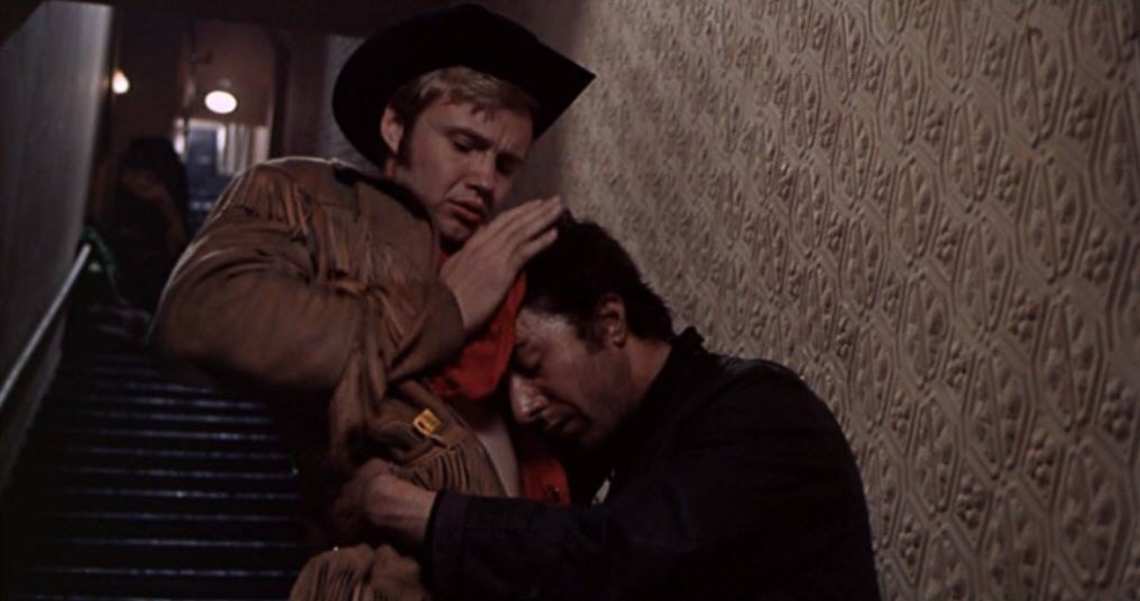
Still not sold?
In a Vanity Fair interview with Dustin Hoffman back in 2010:
“The sexual component of the characters’ relationship was always the 800-pound gorilla in the room—or on the set, as it were. “Both Voight and I are actors, and it hit us. ‘Hey, these guys are queer,’” observes Hoffman. “I think it came out of the fact that we were in the abandoned tenement [where the characters share a flat]. We were looking around the set, and I said, ‘So? Where do I sleep? Why do I sleep here and he sleeps there? Why does he have the really nice bed? Why aren’t I—yeah, why aren’t we sleeping together? C’mon.’ Schlesinger, who was wonderful because he was so courageous in his outing himself at a time when that wasn’t common, got very troubled. He said, ‘Oh God! Please! It was hard enough to get the financing. Now all we have to do is tell them that we’re making a homosexual film. I was hoping we would get the college crowd. We’ll get no one.’ He absolutely—and I’m sure he was right—did not want to make it explicit.” ![]()
